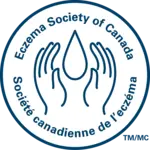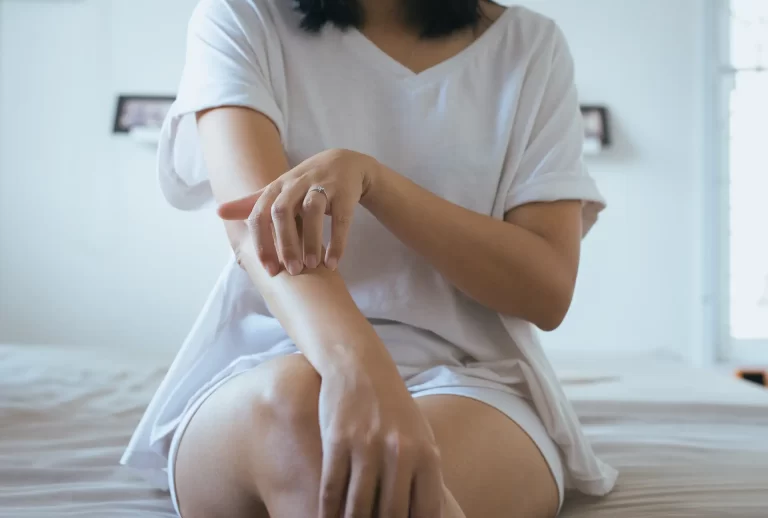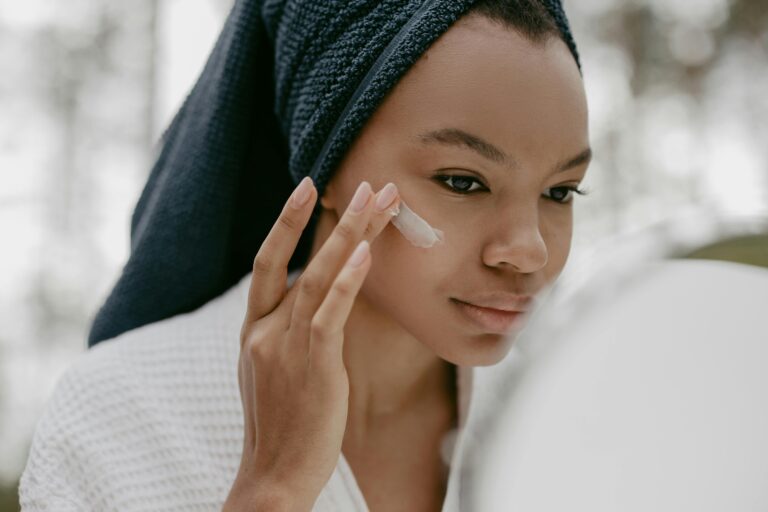Phototherapy for eczema: how it works
What is phototherapy and how does it help eczema sufferers? Is phototherapy the same as spending time in the sun? Eczema Society of Canada asked dermatologist and researcher Aaron M. Drucker, MD, FRCPC about phototherapy for the management of eczema.
Phototherapy for eczema
Eczema, including atopic dermatitis, is typically managed with topical medications such as creams or ointments. Sometimes eczema does not get better with topical medications, at which time doctors may recommend phototherapy to help manage the eczema.
What is phototherapy?
Phototherapy (also known as light therapy) is the use of ultraviolet light as a treatment for eczema that is not controlled with topical treatments. Phototherapy may be recommended by a dermatologist and is usually administered in a dermatology clinic. Ultraviolet (UV) therapy can be either by UVA or UVB, although in Canada UVB is most commonly used. Some phototherapy can be given to the whole body at once or with specialized machines for the hands and feet.
How does phototherapy work?
For some people with eczema, natural sunlight can help reduce symptoms by reducing inflammatory response in the skin; for others, sunlight can flare their skin! Phototherapy allows for a very controlled wavelength (the exact type of UV light) and a “dose” of light that can help with the symptoms. A “dose” of light therapy starts very small, such as exposure of only a few seconds, and builds up over time. An example of a typical course of phototherapy could be two to three doses per week, for ten to twelve weeks. Some patients may see improvement right away, and for others it may take a few weeks. For some patients, phototherapy does not work, and can even make their symptoms worse.
What can a patient expect at a phototherapy session?
During a phototherapy session the patient enters a light booth that is private with a locking door or places their hands or feet in specialized units. Inside the booth there are UV lightbulbs that emit a dose of UV light. The patient undresses, leaving underwear on, and wears an eye mask to protect the eyes. The patient then enters the light booth for the dose, which in the beginning may be only a few seconds long but builds up over time to be longer.
What are the side effects of phototherapy?
Your dermatologist and nurse will plan your doses to minimize side effects and avoid burning the skin. Common side effects are feeling warm or hot during treatment and some skin redness after treatment. If a “sunburn” does occur after a treatment it is important to contact the phototherapy clinic and report this. While the overall dose of UV light from treatment is usually low, it can contribute to things like aging of the skin from sun and skin cancer risk. For most forms of phototherapy, this risk is thought to be very small.
Do I still use topical treatments and moisturizers while having phototherapy?
You should follow your dermatologist’s instructions on the use of topical treatments and moisturizers during your phototherapy treatment. Typically, patients will still use their topical treatments and moisturizers during the treatment course of phototherapy, however it may not be advisable to use a moisturizer or topical treatment immediately before entering the light booth. Some clinics will advise to avoid applying anything to skin at least one hour before the treatment session begins. Your doctor and/or nurse will give you explicit instructions on this.
Is phototherapy the same as tanning at the beach or a tanning bed?
Tanning beds, and even natural sunlight, are not the same as phototherapy administered in a hospital or clinic setting. Tanning beds use a broad spectrum of UV light and are not administered by medical professionals – you do not know what amount or wavelengths of light you are getting. Unlike UVB phototherapy, tanning beds significantly increase the risk for skin cancer, and it is recommended that people do not use tanning beds for the purposes of treating skin conditions or for tanning. Enjoy natural sunlight outdoors, but practice general sun safety, including minimizing sun exposure in the middle of the day (10AM to 4PM), and wearing protective clothing and eye protection with sunglasses and sunscreen. Natural sunlight is not a substitute for phototherapy.
Eczema Society of Canada thanks Aaron M. Drucker, MD, FRCPC for his volunteer contribution to this educational content.
Disclaimer: Information provided in this resource does not constitute medical advice and is not intended to be used as a diagnostic tool. The information is up-to-date at time of publication. All medications, interventions, and treatment plans have risks and benefits, and it is important that individuals discuss their or their child’s specific health care needs with a qualified health care professional.
August 2021



